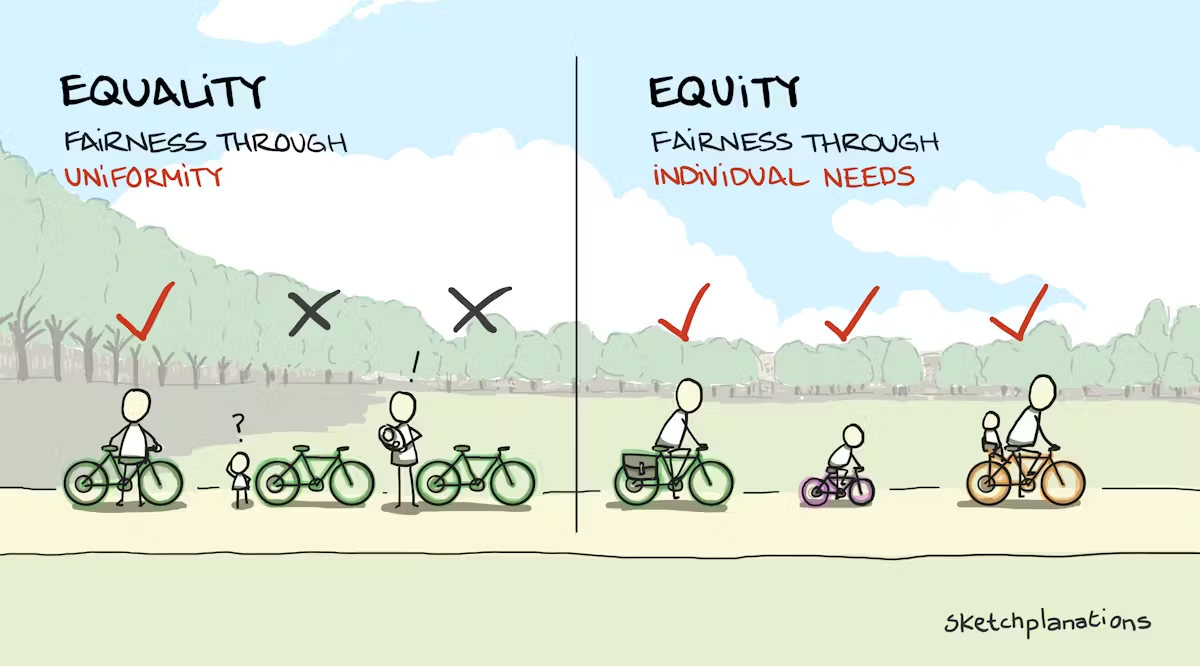100 years ago, journalism was largely limited to print stories. For the average American family, receiving the news used to mean waiting around for the Sunday morning paper.
In 1920, the first scheduled radio broadcast was transmitted by Pittsburgh’s Westinghouse Electric and Manufacturing Company, but most families didn’t have a household radio until the 1930s.
Within the last century, it’s safe to say that much in the realm of journalism has changed. The expanse of technology birthed in the digital age has given rise to a generation in which billions have access to a world of knowledge at mere fingertips. News and various other forms of media can now spread faster than ever before. Recent years have seen the emergence of journalism in new forms. And it doesn’t seem out of reach for nearly anyone, particularly those with vast sums of money, to establish a digital platform.
To say the least, the pool from which the general public obtains information in the present day has greatly expanded. Although, with this has come more variation in perspective, source bias and perhaps most concerningly, more room for variation in what information is presented as fact.
While misleading, sensationalist journalism is nothing new (so-called “yellow journalism” had its hearth in the late 1800s), false or highly-biased information spreads faster than ever before, social media algorithms are designed to show consumers content that aligns with previous engagement patterns, and today’s journalists are tasked with the unique task of presenting factual information to serve the people in the midst of all of this.
In the media, we continue see the real-life consequences of false information spread. Just last week, Elon Musk, CEO of the social media platform X (formerly known as Twitter), was sued for libel in a lawsuit involving posts circulating on the platform that falsely identified 22-year-old Benjamin Brody as a far-right protestor near a June Pride festival, according to NPR.
It’s not unlikely that all-too-common occurrences like this are beginning to impact the public’s faith in media as a whole—including the field of journalism, which holds a responsibility fundamental to any well-functioning society. What is to become of a society so vastly divided on fact?
Upon observing data from recent studies on American trust in news media, a pattern becomes clear: American trust in news media is on a downward trend.
In a January 2023 report published by the Knight Foundation and Gallup, which was based on data from a 2022 survey, 72% of Americans reported believing that national news organizations had the “resources and opportunity” to report the news accurately. However, only 35% of surveyed Americans believed that most national news organizations could be “relied on to deliver the information they need.”
To the well-intentioned journalist, these numbers look bleak, and perhaps even more disheartening to the young aspiring journalist. But in today’s media environment, the social responsibility of emerging as a journalist that prides oneself on integrity, one seeking to use journalism as a tool to educate the people and unite them under a common, fair understanding— rather than one steeped in profit or political agenda—is more important than ever.








